Description
Glycerol (Glycerin): A Versatile Compound with Wide-Ranging Applications
Glycerol, also known as glycerin or glycerine, is a simple polyol compound with a wide array of uses spanning pharmaceuticals, cosmetics, food, and even industrial applications. This colorless, odorless, viscous liquid is characterized by its sweet taste and non-toxic nature, making it a popular ingredient in a vast range of products.
What is Glycerol?
Chemically, glycerol is a trihydroxy alcohol, meaning it has three hydroxyl groups (-OH) attached to a three-carbon backbone. These hydroxyl groups are responsible for glycerol’s high solubility in water and its hygroscopic properties, meaning it readily absorbs moisture from the air. Its chemical formula is C3H8O3.
Historically, glycerol was discovered accidentally by Carl Wilhelm Scheele in 1779 while heating a mixture of olive oil and lead monoxide. Today, it is primarily produced as a byproduct of biodiesel production and soap manufacturing. It can also be synthesized from propylene, a petrochemical.
Key Properties of Glycerol:
- Hygroscopic and Humectant: Glycerol’s ability to attract and retain moisture makes it an excellent humectant, preventing products from drying out.
- Solvent: It dissolves in water and alcohol, making it a useful solvent for many substances.
- Low Toxicity: Glycerol is generally considered safe for both internal and external use.
- Viscous: Its high viscosity contributes to its texture and stabilizing properties in various formulations.
- Sweet Taste: While not as sweet as sucrose (table sugar), its sweet taste enhances the palatability of certain products.
- Freezing Point Depression: Glycerol lowers the freezing point of water, making it useful as an antifreeze agent.
Applications Across Industries:
Glycerol’s versatile properties contribute to its widespread use in numerous industries:
- Cosmetics and Personal Care: Glycerol is a common ingredient in moisturizers, lotions, creams, soaps, shampoos, and conditioners. It acts as a humectant, drawing moisture to the skin and hair, leaving them feeling soft and hydrated. Its non-toxic nature makes it suitable for sensitive skin.
- Pharmaceuticals: Used as a humectant, emollient, and solvent in various pharmaceutical preparations, including cough syrups, suppositories, and elixirs. It can also be used as a vehicle for delivering medications.
- Food and Beverage: Glycerol is added to food products as a humectant, solvent, and sweetener. It helps to prevent foods from drying out, maintains moisture levels, and contributes to their texture. It’s often found in baked goods, candies, and processed foods. It’s also used as a bulking agent in low-fat foods.
- Industrial Applications: Glycerol is used in the production of polymers, explosives (nitroglycerin), antifreeze, and lubricants. It also serves as a precursor to various other chemicals, including epichlorohydrin, which is used to produce epoxy resins.
- Biodiesel Production: A major source of glycerol is as a byproduct of biodiesel production. This has led to research focusing on converting crude glycerol from biodiesel into value-added products.
Benefits and Safety Considerations:
Glycerol offers numerous benefits due to its humectant, solvent, and emollient properties. Its relatively low toxicity makes it a safe and widely accepted ingredient. However, like any substance, excessive consumption can lead to side effects, though these are generally mild. Topical use is generally considered safe for most individuals, but a patch test is recommended for those with sensitive skin.
The Future of Glycerol:
With the increasing demand for biodiesel and sustainable practices, glycerol production is expected to continue growing. Researchers are actively exploring new and innovative applications for glycerol, particularly in the fields of sustainable chemistry and renewable energy. Converting crude glycerol waste into valuable resources promises to contribute to a more environmentally friendly and economically viable future.
In conclusion, glycerol is a remarkably versatile compound with a wide range of applications. Its unique properties, combined with its relatively low toxicity, make it a valuable ingredient in various industries. As research continues to uncover new possibilities for its use, glycerol is poised to play an increasingly important role in the future.

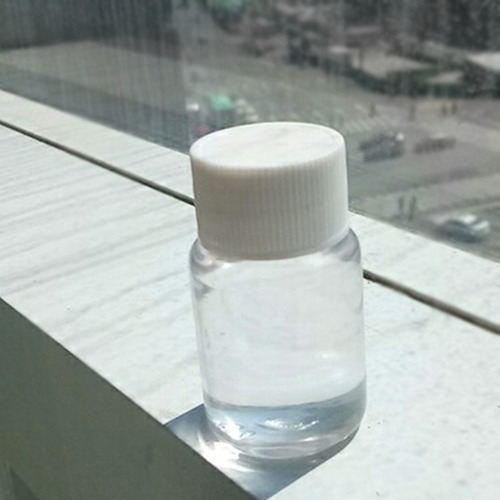
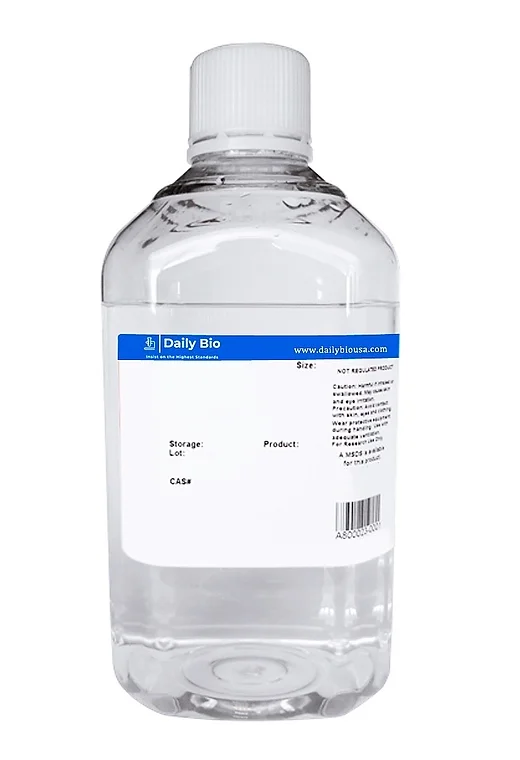
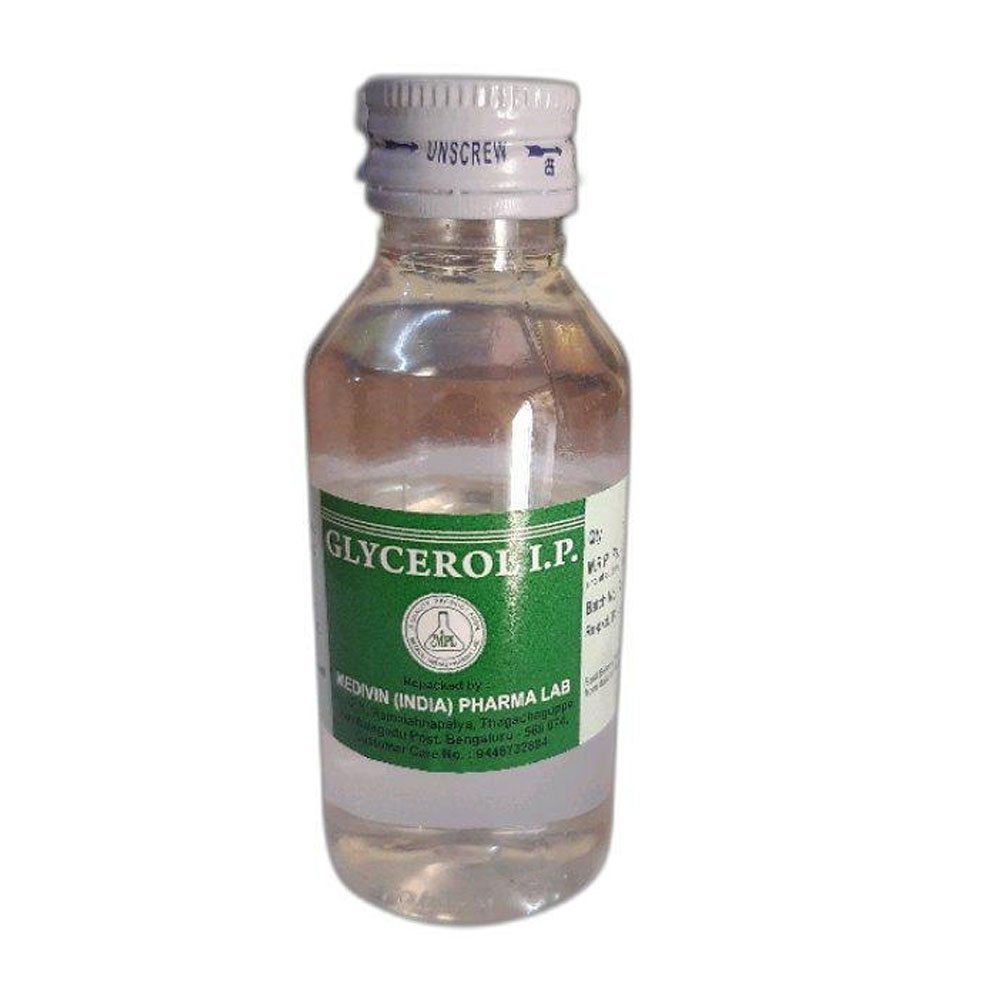
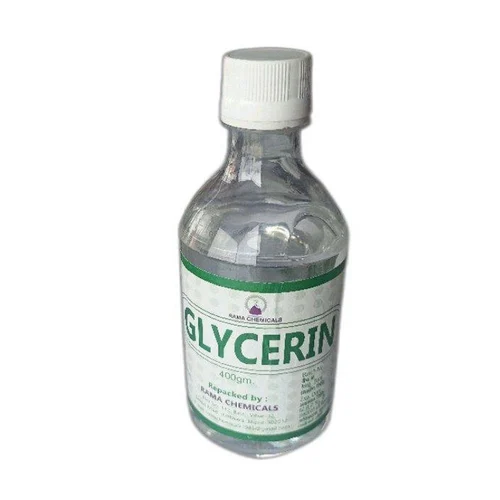
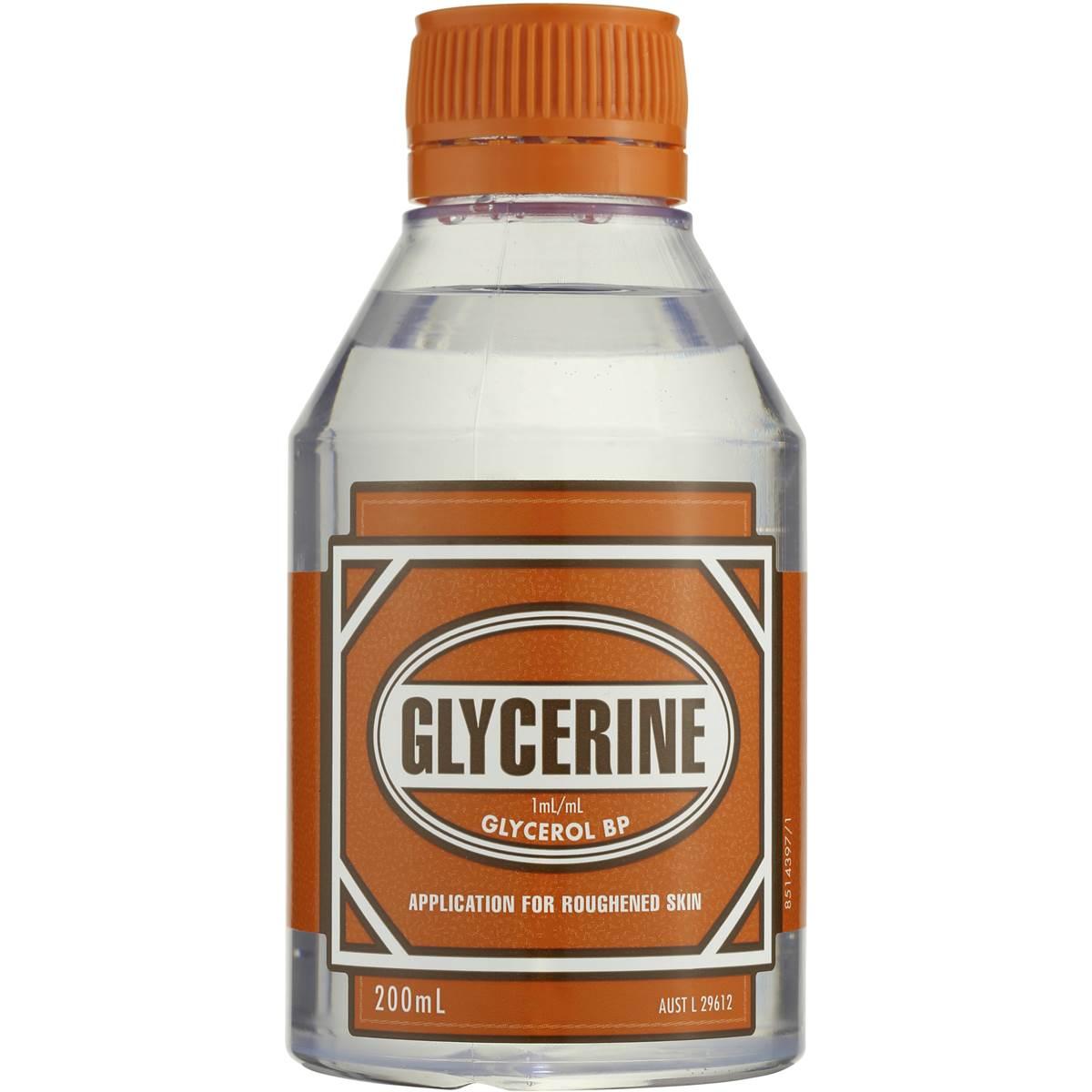
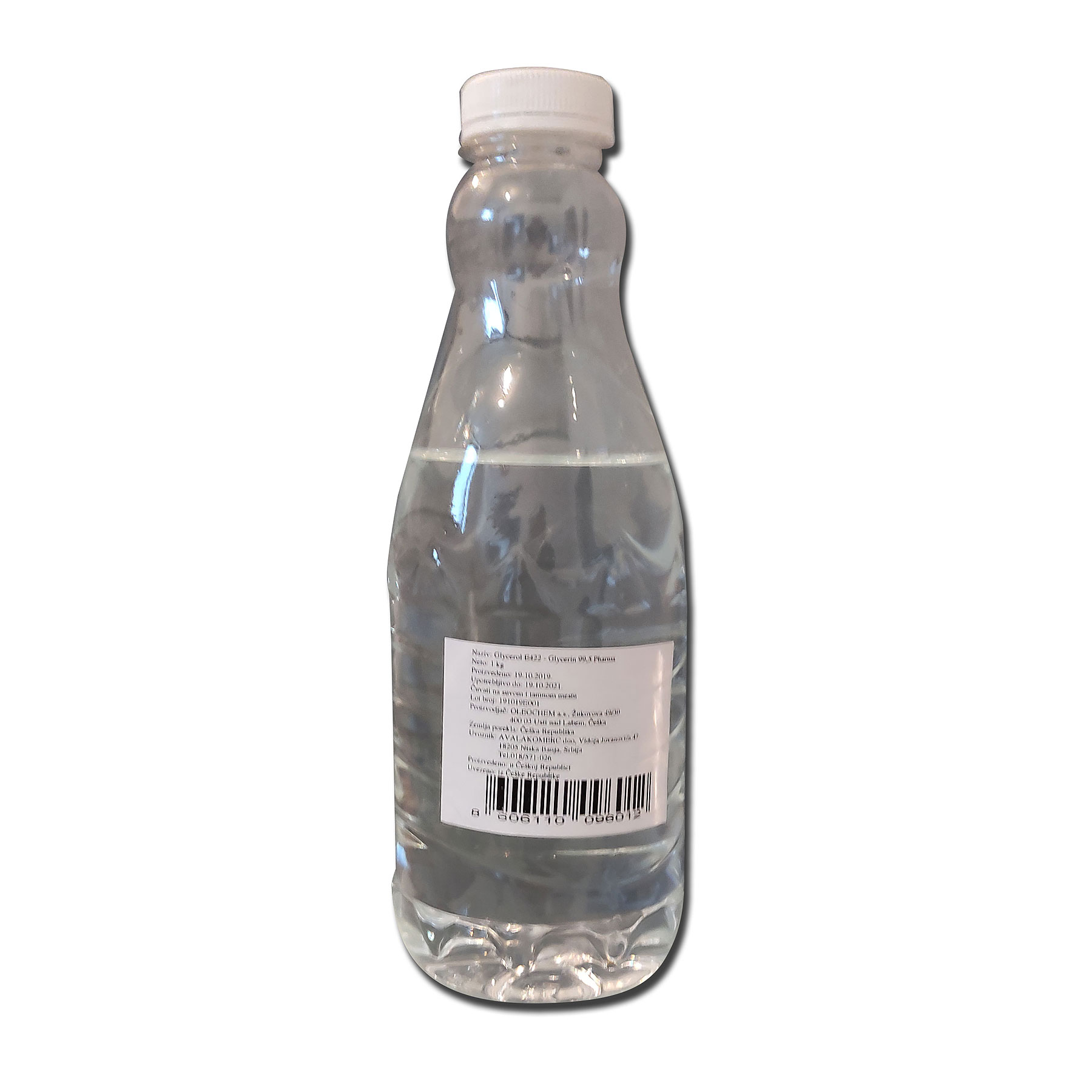
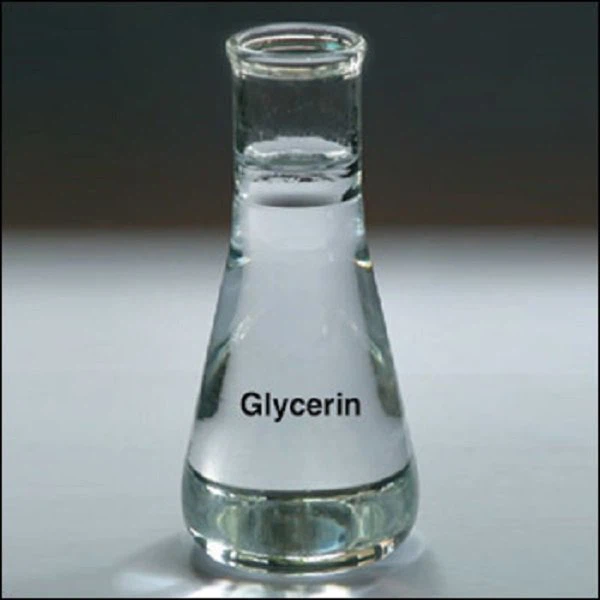
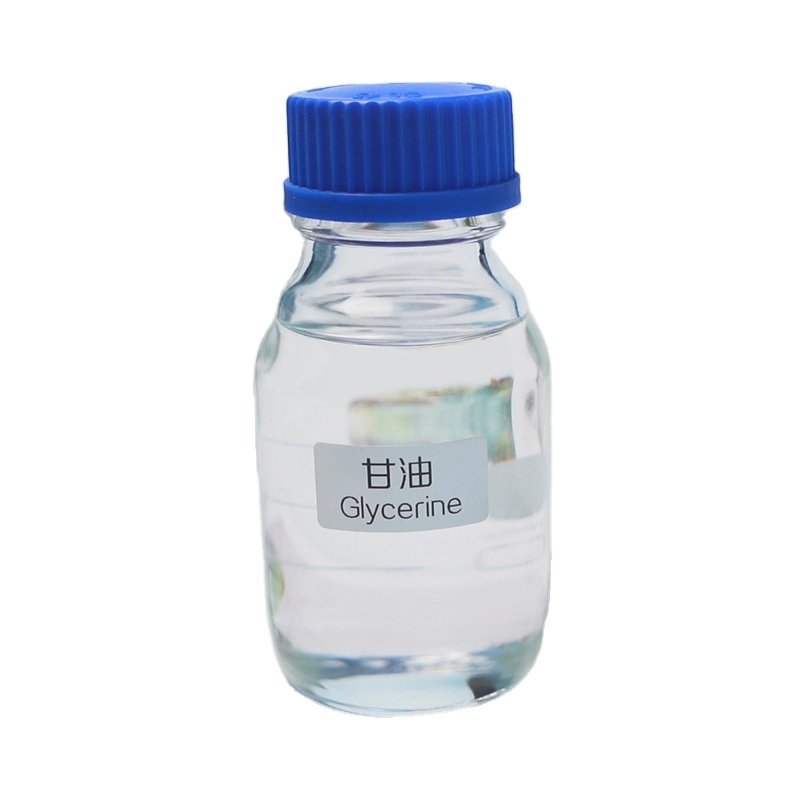
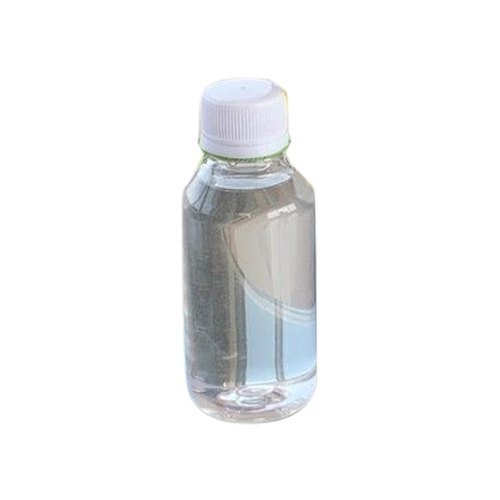




Reviews
There are no reviews yet.